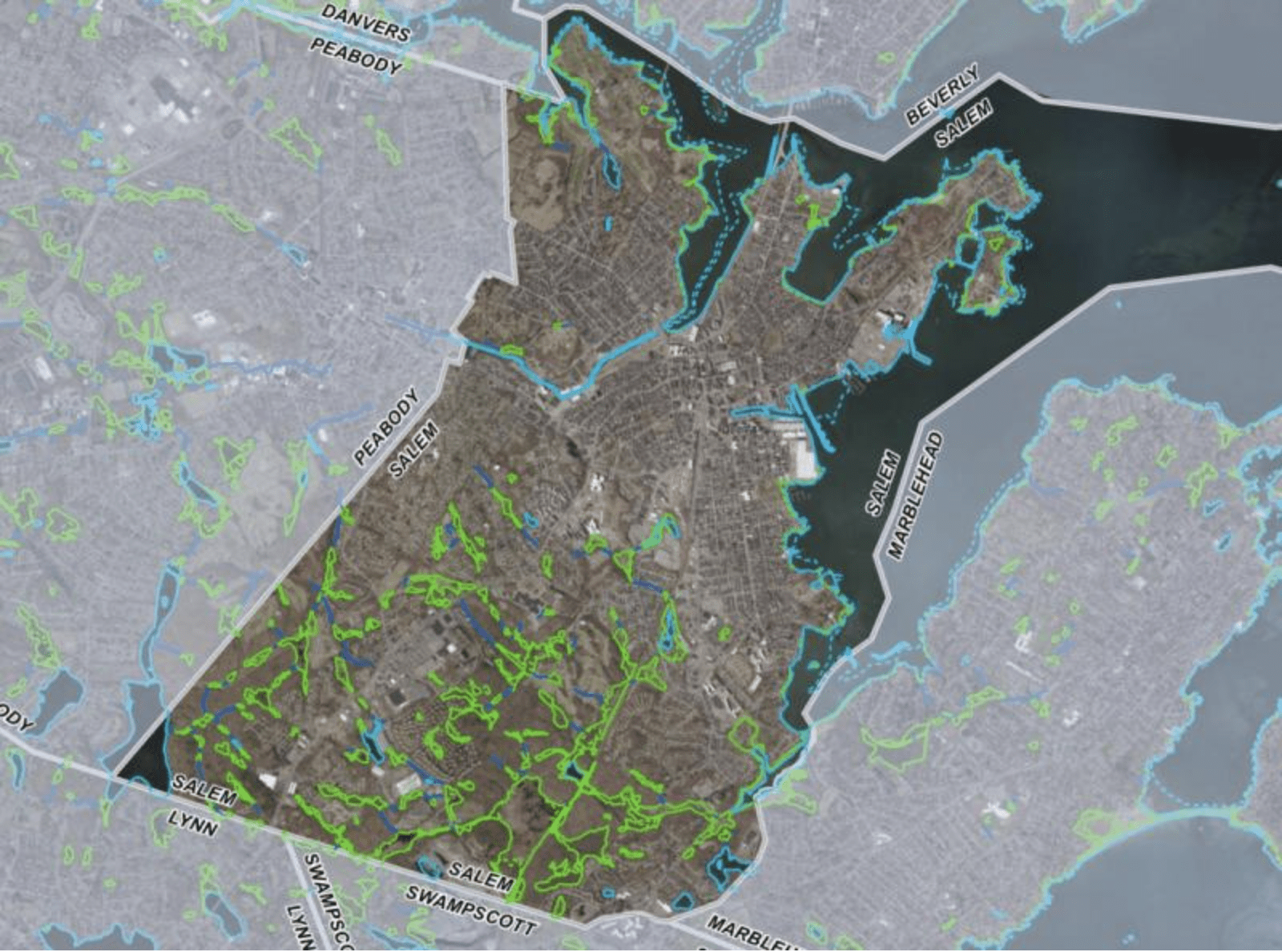SALEM — After a yearlong effort by the Department of Planning and Community Development (DPCD), community stakeholders and an environmental consultant, Mayor Kimberley Driscoll’s office submitted a proposed amended Wetlands Protection Ordinance to the City Council, starting the local legislative process to strengthen and modernize the protection of local wetlands.
“It’s been a really long, deliberate and thought-out process, and I think we brought all of the right voices into the conversation so that the end product is strong because it’s based on hearing from anybody who wanted to comment on it,” said Tom Devine, senior planner.
Salem has miles of coastline, three rivers and a lot of low-lying areas that are flood zones, all of which add up to a substantial portion of the city, Devine said.
The proposed amendments substantially strengthen the existing ordinance and supplements the protections provided in the state’s Wetlands Protection Act, according to Tom Daniel, director of the DPCD. The new ordinance defines setbacks, protects additional resource areas and broadens the Conservation Commission’s legal authority.
For the first time, the Conservation Commission will be able to consider climate-change impacts and mitigation while reviewing projects in the areas subject to expected higher floods or that affect wetlands that hold floodwater with increasing precipitation or trees that provide shade in rising temperatures.
“With the passage of this ordinance, Salem will become just the fourth municipality in Massachusetts to intentionally address climate-change impacts in its wetlands ordinance,” said Driscoll in her letter to the City Council.
The updated ordinance creates a no-build zone within 25 feet of wetlands and prohibits development within 50 feet without adequate mitigation. It also provides protections to isolated vegetated wetland and vernal pools.
The amended Wetlands Protection Ordinance is also accompanied by a proposal to affirm the city’s authority to enforce the ordinance through the issuance of non-criminal fines.
“We didn’t really have much of a wetlands ordinance before. Now we actually have something that we can point to,” said City Council President Patricia Morsillo, who was part of the working group. “It gives residents a better understanding of the process and what the expectations are, and it gives the owners of property that happens to fall within resource buffers a pathway for permitting,”
To draft the updated ordinance that would reflect specific Salem’s challenges and opportunities, the DPCD conducted a robust public outreach, convened a working group of advocates and interested parties and worked with Beals+Thomas, an independent environmental consultant.
The working group consisted of a diverse range of stakeholders, including city councilors, representatives of the Conservation Commission, the Planning Board, environmental organizations and developers, Morsillo said.
“We definitely got views from all different sides and had really good open discussions with everyone and came up with something that I think everyone can move forward with and be happy about the work that we put into it,” said Morsillo.
The city held four public forums, conducted an online survey and launched an interactive project webpage that helped educate the public about Salem’s wetland resources, their protection and the work of the Conservation Commission. The participants of public discussions ranged from residents who live close to wetlands and are impacted by the development nearby, people who have knowledge of environmental issues and those who have worked with environmental organizations, Morsillo said.
“A few of them reached out to me afterwards to give me some of their feedback,” said Morsillo.
Currently, the proposed amended ordinance is being reviewed by the Licenses and Legal Affairs Committee. It can take a couple of months before the City Council votes on it after proper discussions, public comment and any amendments.

